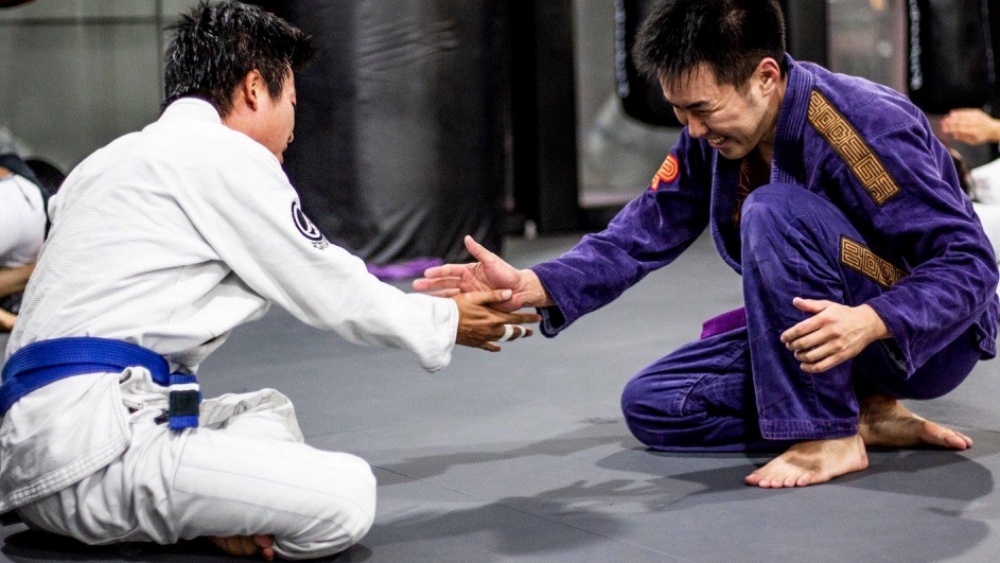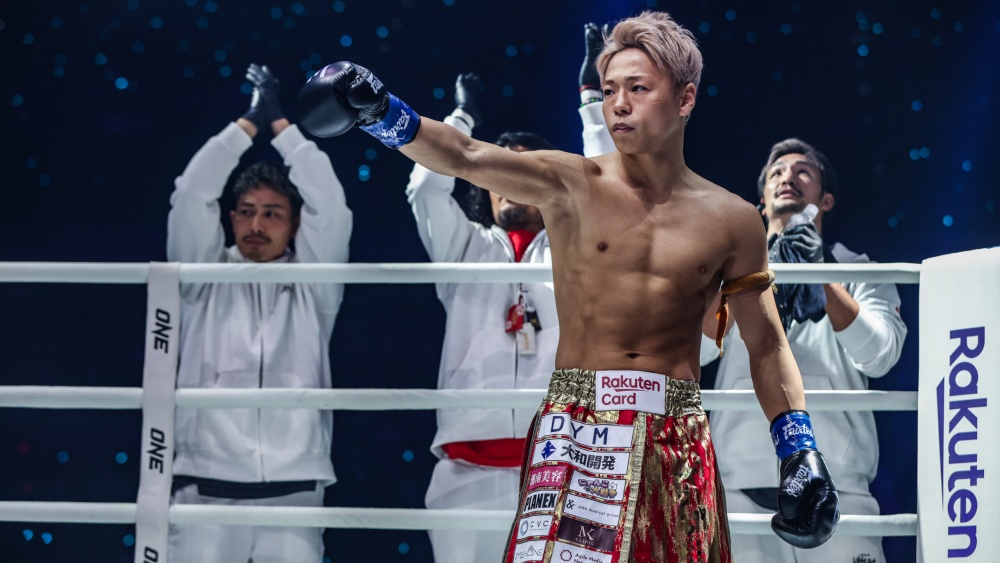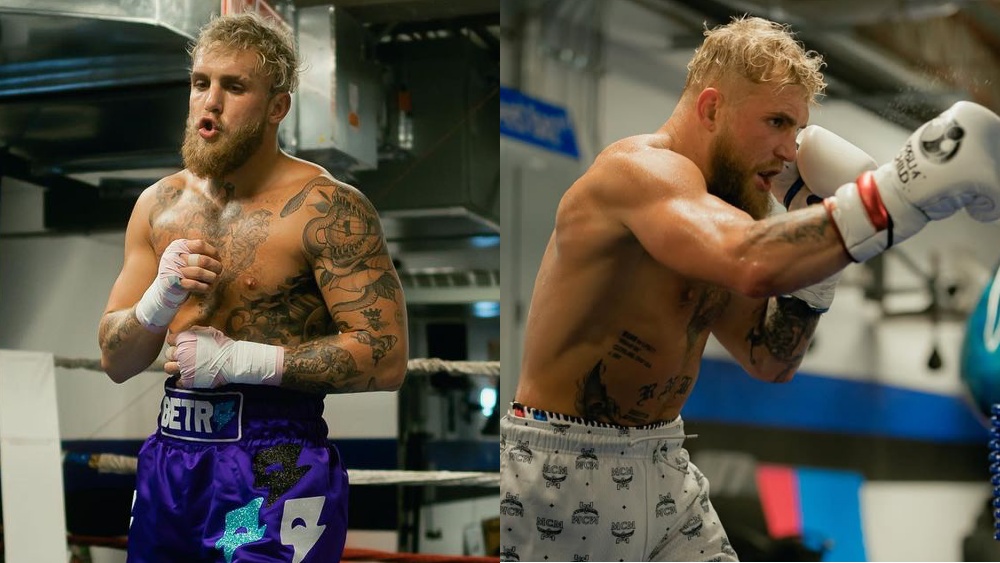How martial arts are portrayed in movies has changed substantially in the past several decades, reflecting the change in cultural perceptions, societal attitudes, and movie-making techniques. Many would agree that the evolution of martial arts in movies has moved in the right direction over the years, from early caricatures to authentic depictions in more recent martial arts films.
This article will examine the evolution of martial arts representation in cinema, highlighting the transformations that have taken place and their cultural significance.
The Evolution Of Martial Arts Cinema Over The Years: Caricatures, Exoticism, And Stereotypes
Martial arts were often represented through exoticized depictions and stereotypes that reinforced the cultural and racial biases of the times. Movies like “The Dragon Painter,” released in 1919 were a poor depiction of martial arts that focused more on reinforcing negative stereotypes and portraying martial arts as dangerous and mysterious practices with intentionally bad translations aimed at othering the cultures represented in these stories.
Such portrayals dominated martial arts representation in movies until one of the greatest martial artists that ever lived, Bruce Lee, refused to play that game.
A New Era
Bruce Lee’s emergence in the 1970s was a significant turning point in martial arts representation. His authenticity, mastery of martial arts, and charismatic performances and personality challenged existing stereotypes of martial arts and gave the world its first genuine look at Eastern martial arts.
Movies like Enter the Dragon, and Fists of Fury showcased martial arts as a means of self-expression that emphasized morality, personal growth, and discipline.
Lee was able to shatter stereotypes that had lasted centuries while inspiring new generations of martial artists.
Bruce Lee also paved the way for modern mixed martial arts being one of the most prominent martial artists to first challenge the “my style is better than your style” mindset that plagued martial arts in those times. Lee hated the restrictions that came with being devoted to one style and preferred learning techniques that were effective for him regardless of where they came from.
Despite Lee’s lectures on martial artists opening themselves up to different styles, it would take almost two decades before mixed martial arts took off.
Many of the martial arts movies made in this era still kept the single-style format where antagonists and protagonists had only one fighting style. Movies like “The Karate Kid” highlight this singular approach and reflect the popularity of karate in those days.
The Rise Of Eastern Cinema
Asian Cinema started to gain some traction in the late 20th century thanks to a series of martial arts movies that celebrated the cultures these styles came from while giving the world an authentic look at them.
Movies like “Crouching Tiger, Hidden Dragon” propelled martial arts movies to the next level with visually stunning cinematography and artistic storytelling. These movies highlighted the historical significance of martial arts like Kung Fu and challenged the notion of martial arts being merely a spectacle.
Combining Martial Arts With Other Genres
The success of martial arts movies in the late 20th century led to some filmmakers blending it with other movie genres like traditional action movies. This led to major blockbusters like “The Matrix” and “Kill Bill”.
This blending of genres allowed for fresh storytelling that broadened the appeal of martial arts movies beyond dedicated fans of combat sports and appealed to mainstream audiences.
The Influence Of Mixed Martial Arts
The emergence of MMA in the 90s and the mainstream status it managed to secure early in the 21st century has also had a considerable impact on martial arts cinema. Mixed martial arts exposed people to different fighting styles and allowed them to judge each style’s effectiveness with their own eyes.
MMA has also changed how people think about fighting. Very few people expected Royce Gracie to dominate the first Ultimate Fighting Championship tournament and for good reason. Conventional wisdom was that being bigger gave fighters an insurmountable edge, but Royce Gracie quickly changed perceptions, dominating much bigger opponents to win three out of the first four UFC tournaments.
Styles like Brazilian Jiu-Jitsu and Muay Thai were virtually unheard of before MMA gained popularity, but they’re now two of the most popular martial arts, while styles like Karate no longer enjoy the prestige they once did.
MMA has had a bigger impact on martial arts cinema than any other combat sports, with movies like the “Never Back Down,” series “The Warrior,” and “Roadhouse” capitalizing on the sport’s popularity while allowing the sport’s biggest stars to be featured on the big screen. These movies have also provided insights into what mixed martial artists deal with as they chase their dreams.
Modern Martial Arts Cinema
These days, authenticity is one of the main factors that separate good martial arts movies from awful ones. A growing number of people worldwide are now more educated about martial arts thanks to the increasing popularity of mixed martial arts so it’s a lot harder to entertain them with unrealistic fight choreography these days.
Movies like the “Ip Man” series showcase realistic fight scenes while exploring the cultural and historical context behind the stories. These films explore the lives of real martial arts masters and the philosophies they believed in. Such movies have led to a deeper understanding of the cultural heritage behind many popular martial arts.
Martial Arts Movies Have Come A Long Way
The evolution of how martial arts are represented in movies reflects a greater global shift toward increased cultural awareness, inclusivity, and authenticity. From early caricatures that many people would find offensive today to rich stories that highlight the old heritage of martial arts and those who have practiced it.
Martial arts movies have moved on from the simplistic depictions of the early 20th century to emotionally captivating stories that also give us insights into why many of these fighting styles were developed in the first place.
The popularity of martial arts is at an all-time high and that should lead to even more authentic stories being told on the big screen in the future.
You may also like:
5 Ways Martial Arts Promotes Continuous Improvement Of 1% Every Day

















